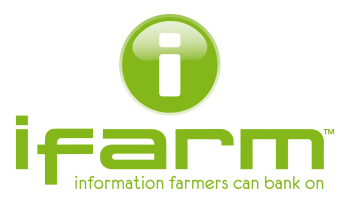Trump's tariffs
President Donald Trump’s decision to impose tariffs on imports into the US is doing good things for global trade, according…
HB show week is traditionally a busy week for many and none more so than the auctioneers and yardies at Stortford.
Check out a complimentary copy of the latest Livestock Eye report for the Stortford store cattle sale on Wednesday.
Use the 'Full Screen' or 'Download' icons above to view this report.
 |
LivestockEye report by iFarm.co.nz iFarm the leading source of agri-market prices, information and analysis for NZ farmers. Receive benchmark prices for the works, store and saleyard markets delivered direct to your inbox. Visit www.ifarm.co.nz or call 0508 873 283. |
President Donald Trump’s decision to impose tariffs on imports into the US is doing good things for global trade, according…
Seen a giant cheese roll rolling along Southland’s roads?
When American retail giant Cosco came to audit Open Country Dairy’s new butter plant at the Waharoa site and give…
An industry-wide project led by Ministry for Primary Industries (MPI) is underway to deal with the rising number of feral…
A Hawke's Bay farming family of self-confessed 'frequent flyers' has donated the proceeds from their spring lambs.